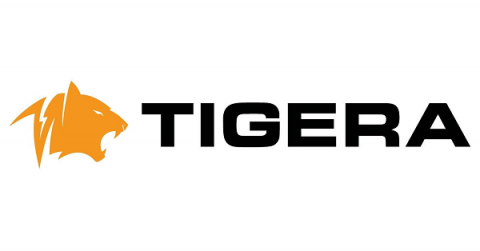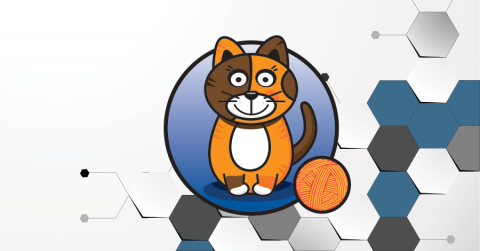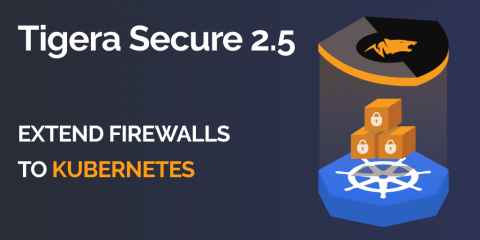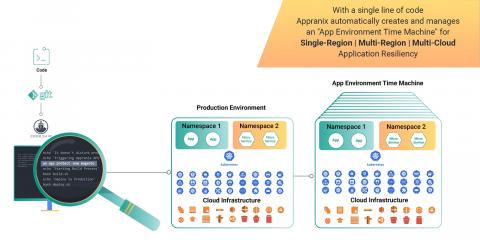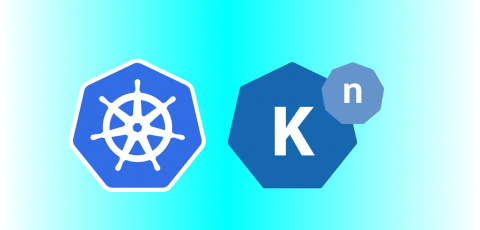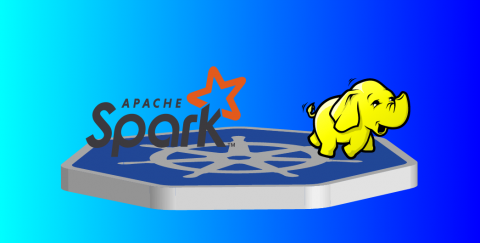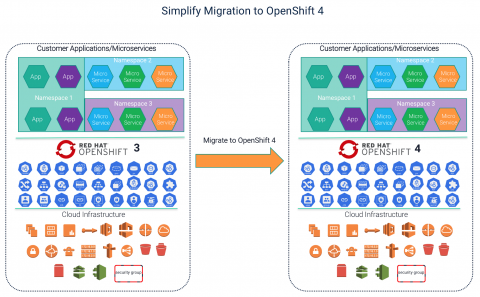Istio Routing Basics
When learning a new technology like Istio, it’s always a good idea to take a look at sample apps. Istio repo has a few sample apps but they fall short in various ways. BookInfo is covered in the docs and it is a good first step. However, it is too verbose with too many services for me and the docs seem to focus on managing the BookInfo app, rather than building it from ground up. There’s a smaller helloworld sample but it’s more about autoscaling than anything else.


